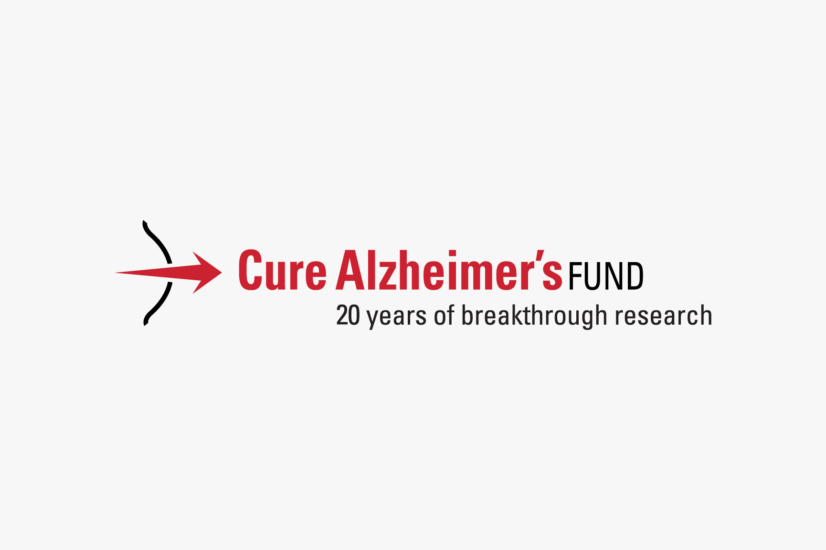The Amyloid-beta protein is a key contributor to Alzheimer’s pathology and the prevailing theory has been that Abeta has no function other than as a waste product created by the brain. It is acknowledged by most researchers to be a key “bad guy” in Alzheimer’s pathology.
But researchers supported by Cure Alzheimer’s Fund (CAF) at Massachusetts General Hospital in Boston have shown the protein may be part of the body’s natural defense against infection. This recent research suggests that Abeta has a very positive function—protecting the brain from invading microbes and defending against bacteria.
Published in the March issue of the open-access journal PLoS One, the research of Dr. Rudolph Tanzi, chairman of CAF’s research consortium and director of the Mass General Genetics and Aging Research Unit, Dr. Robert Moir of Mass General Hospital’s Genetics and Aging Research Unit and their colleagues, also could help explain the connection between Alzheimer’s and previous infection and trauma to the brain, such as head injuries and strokes. Earlier work by Tanzi and colleagues and others has indicated that Abeta responds to such occurrences with excess production and accumulation of the protein in the brain.
“These data change the way we look at Abeta,” says Dr. Tanzi. “For years, we thought that Abeta was just metabolic garbage produced as a byproduct of other processes within the brain, but these data suggest it is a normal component of the brain’s innate immune system.”
Knowing this could lead to innovative preventive treatments for Alzheimer’s disease. “If we can manage the production of Abeta in the brain’s innate immune system triggered by combinations of genetics and environmental factors, we may be able to lower the risk for this devastating disease,” Tanzi says. “Finding the catalyst for the production of excessive Abeta aggregation could lead to finding ways of controlling it, whether by medication or immunization.”
This research suggests that excess accumulation of Abeta, which in its aggregated or oligomeric form is toxic to neurons, can be initiated by the innate immune system in response to various kinds of infection as well as by genetic predisposition and/or such events as head trauma or stroke. It is important to note that several of the Alzheimer’s candidate genes recently identified by Tanzi and others play a role in the innate immune system.
“This is the kind of creative research that often does not get federal funding,” says Tim Armour, president and CEO of Cure Alzheimer’s Fund. “We are thrilled that this high-risk investment has paid off in truly breakthrough findings that open up new pathways to prevention of this terrible disease.”







